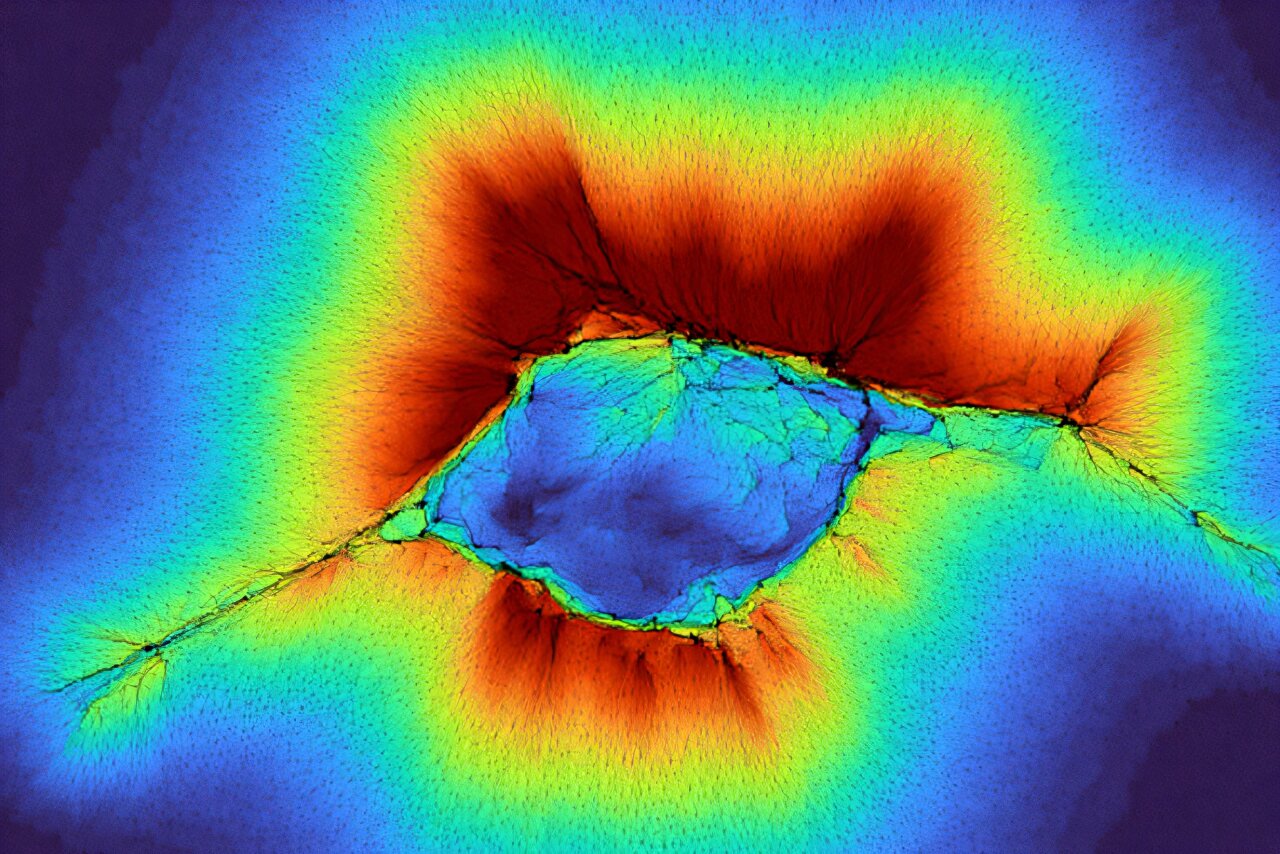RNA Detective: Tracking Freshwater Life's Hidden Secrets in Real-Time

In the face of escalating climate change and intensifying human impacts, our planet's freshwater ecosystems are under unprecedented pressure. Lakes and rivers—once vibrant habitats teeming with life—now face critical challenges that demand our immediate attention and understanding.
Scientists and environmental researchers are racing against time to unravel the complex web of consequences affecting aquatic species. Traditional research methods, while foundational, are increasingly proving inadequate in capturing the nuanced transformations occurring beneath the water's surface.
The delicate balance of these ecosystems is being disrupted by multiple interconnected factors: rising temperatures, pollution, habitat fragmentation, and aggressive human development. Each of these elements creates a cascading effect that ripples through entire aquatic communities, threatening the survival of countless species.
Understanding these intricate ecological dynamics has never been more crucial. By comprehensively studying how different species respond to environmental changes, researchers can develop targeted conservation strategies and potentially mitigate the most severe impacts of our changing world.
As we stand at this critical environmental crossroads, the fate of our freshwater ecosystems hangs in the balance—a testament to the urgent need for innovative research, proactive conservation efforts, and a deeper respect for the intricate natural systems that sustain life on our planet.








